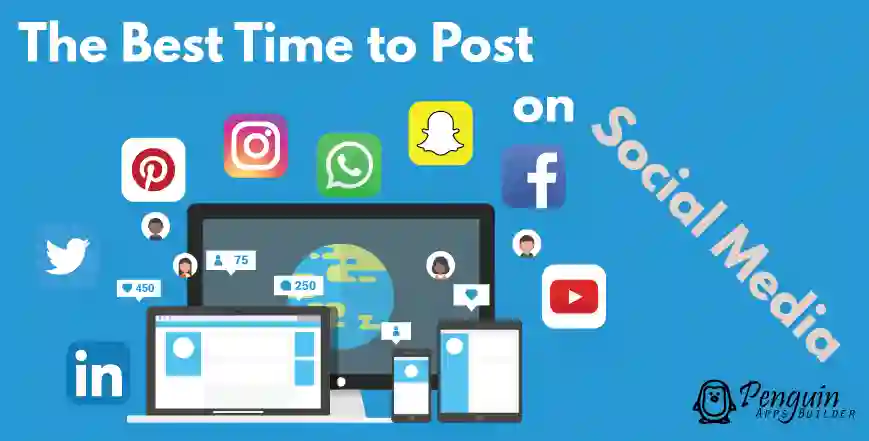In today’s digital world, social media is a battleground for attention, and mastering the art of timing is a crucial weapon in this ongoing war. It’s not just about what you post, but when you post it. Content may be king, but timing is the power behind the throne. This comprehensive guide dives into the strategic essence of timing on social media, providing insights and tips to nail this critical aspect for maximum impact.
Understanding the Importance of Timing
The timing of your social media posts can dramatically affect their reach and engagement. Here’s why:
- Algorithmic Affinity: Social media algorithms favor content that gains immediate engagement. Posting when your audience is most active increases the likelihood of quick interactions, pushing your content higher in feeds.
- Audience Availability: Aligning your posts with the times when your audience is online ensures maximum visibility, as not all users browse social media throughout the day.
- Content Lifespan: The lifespan of social media content is often short. Timely posting can extend this lifespan, giving your content a longer period to resonate with the audience.
The Perfect Timing Blueprint
To nail the art of timing, follow these strategic steps:
1. Know Your Audience
Understanding your audience’s online habits is the first step. Consider these factors:
- Time Zones: If your audience is global, identify the time zones where most of your followers reside.
- Demographics: Different age groups may have varying online browsing times.
- Behavioral Patterns: Use analytics to understand when your audience is most active.
2. Platform-Specific Best Times
Each social media platform has its peak times for user activity. Here’s a general guideline, which should be tailored based on your audience:
- Facebook: Weekdays, particularly mid-morning and early afternoon.
- Instagram: Weekdays, with a peak around lunchtime and late evenings.
- Twitter: Weekdays, especially during commute times and lunch breaks.
- LinkedIn: Early mornings, lunchtime, and late afternoons on weekdays, catering to professional schedules.
3. Experiment and Analyze
The “one-size-fits-all” approach doesn’t work in social media timing. It’s essential to:
- Experiment: Test different times and days to post and observe the engagement.
- Analyze: Use social media analytics tools to track the performance of your posts. Look for patterns and adjust your strategy accordingly.
4. Industry-Specific Timing
Different industries may find their audiences more engaged at specific times. For instance:
- B2C Businesses: Evenings and weekends might work best.
- B2B Enterprises: Business hours on weekdays are generally more effective.
5. Keep an Eye on Trends and Events
Be mindful of current events and trends. Posting during or just before major events (like sports games or award shows) can increase visibility if your content is relevant.
6. Frequency and Consistency
It’s not just about when you post, but also how often. Consistency is key. Create a content calendar to maintain a regular posting schedule.
7. Utilize Scheduling Tools
Scheduling tools like Buffer, Hootsuite, or Later can help manage and automate your posting schedule, ensuring that you always hit the right timing, even across different time zones.
8. Consider the Content Type
Different types of content may perform better at different times:
- Educational Content: Mornings on weekdays, when people are most receptive to learning.
- Entertaining Content: Evenings and weekends, when users are relaxing.
- News and Updates: Early mornings, when people check for daily news.
Evolving with Social Media Dynamics
The landscape of social media is constantly evolving, and so are the habits of its users. Stay informed about changes in platform algorithms and shifts in user behavior. Regularly update your strategy to adapt to these changes.
Conclusion
Mastering the art of timing on social media is not an overnight feat. It requires a deep understanding of your audience, a willingness to experiment, and a commitment to adaptability and consistency. By applying these clockwise strategies, you can ensure that your content does not just exist in the digital space but thrives, engages, and accomplishes its intended purpose. Remember, in the fast-paced world of social media, timing isn’t just a small piece of the puzzle – it’s a crucial element that can dictate the success of your digital marketing efforts.



